If you have a temporary or permanent residency card in Mexico, it’s essential to understand the process for leaving and returning to the country, whether by air or land. This article will help you navigate the necessary steps and documentation, ensuring smooth travel to and from Mexico.
Understanding Residency Cards
For all intents and purposes, there are two main types of residency for foreigners in Mexico:
-
- Temporary Residency: This allows foreigners to live in Mexico for up to 4 years. It is renewable annually for the first 4 years and offers a pathway to permanent residency. It is most often initially issued for 1 year (in some cases 2 years – family unity) and then renewable for 1, 2 or 3 years, thereafter.
- Permanent Residency: Permanent residents can stay in Mexico indefinitely since their cards do not expire. However, if you are a permanent resident under the age of 18 your card will need to be renewed every 4 years until you turn 18. Once you turn 18, you can obtain a replacement card with no expiration date from your local Instituto Nacional de Inmigración (INM) office.
If you’re planning to travel abroad, knowing how to handle your entries and exits from Mexico is crucial for avoiding complications upon re-entry.
Document Requirements
Carry Your Residency Card: Whether you are a temporary or permanent resident, your residency card must be with you when leaving Mexico. This is your official proof of legal residency in the country. Failing to have it may result in fines, delays, or complications when attempting to return to Mexico. In addition, as a worse case, of having your residency invalidated.
Check Passport Validity: In addition to your residency card, ensure that your passport is valid for the duration of your trip. Many countries require that your passport be valid for at least 6 months beyond the date of entry. This is especially important when traveling to countries like the U.S. or Canada, which many foreigners frequently visit.
Requirements for Leaving
Exiting by Air: When leaving by air, the immigration process includes presenting your passport and residency card to an INM agent at the airport. Each international airport has an INM counter/desk, typically (but not always) in the departures area. Currently, they are stamping residents’ passports and they should write something as well on the stamp such as RP (resident permanente) or RT (residente temporal). In addition, the INM agent may or may not scan your passport and/or residency card. As of a few years ago, INM has phased out the paper Forma Migratoria Múltiple (FMM) at all airports. However, please note that some airports (e.g., BJX, QRO) are still using paper FMMs to track resident exits (“check-out”) and re-entries (“check-in”). Be sure to complete this step first since the airline ticketing agent may re-direct you back to the INM counter, if you haven’t completed this step. Additionally, if the INM counter is not open yet, you might be able to complete this step at the ticketing counter by presenting your passport and residency card. Instead of stamping your passport, they will likely write RT or RP on your boarding pass and may or may not attach something to your boarding pass. Again, the ticketing agent may or may not scan your passport and/or residency card. Please note that this process is currently very inconsistent from airport to airport since INM has been modernizing their immigration processes for residents and tourists, alike, over the years. As a general rule of thumb, as a resident, ALWAYS proceed to the INM counter first for any international travel. This step is not necessary for domestic travel within Mexico. Before proceeding to your gate, be sure to make sure the INM or ticketing agent has marked everything correctly since mistakes happen.
Exiting by Land: If you are exiting by land, for example, to visit the U.S. or Guatemala, you need to stop at the INM office by the border. You will be asked to fill out the paper FMM and have it stamped by an INM agent, in addition to potentially having your passport stamped as well. Also, the INM agent may or may not scan your passport and/or residency card. Paper FMMs are still being utilized at land border crossings for both residents and tourists. However, there is a good chance that these paper FMMs will also be eliminated completely at some point in the future. Be sure to keep the half of the FMM that is given back to you by the INM agent, since you will need that half of the form for your return back into the country. Like at airports, this process of check-out and check-in can be very inconsistent from one border crossing to the next. Before leaving the INM office, be sure to make sure the INM agent has marked everything correctly since mistakes happen.
Requirements for Returning
Re-Entry by Air: Upon returning to Mexico by air, you must present your passport and residency card at immigration. If permitted, go through the national lines and under no circumstance should you go through an automatic passport scanner. These are primarily designed for tourists and going through them could potentially invalidate your residency. At immigration, the INM agent will process your re-entry by likely stamping your passport and/or scanning your residency card. In addition to the passport stamp, the agent may or may not write something on the stamp, e.g., RP, RT. Be aware of expiration dates on your residency card. If your residency card is nearing expiration, you must ensure it’s still valid at the time of re-entry. Expired cards may cause complications with your residency, if not addressed and may prevent you from entering the country in a worst-case scenario.
Re-Entry by Land: Present your passport and residency card and the remaining half of the FMM (as described above) at an INM office by the border. The INM agent will keep the half of the FMM you hand to them and they may or may not stamp your passport. In addition, the INM agent may or may not scan your passport and/or residency card. Like mentioned earlier, immigration procedures are not always carried out consistently from one port of entry to the next. Be aware of expiration dates on your residency card. If your residency card is nearing expiration, you must ensure it’s still valid at the time of re-entry. Expired cards may cause complications with your residency status, if not addressed in a timely manner.
Important Considerations
In either scenario via air or land, upon clearing immigration, verify that whatever documentation (e.g., stamps, forms, etc.) is completed by the INM agent (or airline ticketing agent) is done so correctly, as discrepancies can lead to problems with your residency status. This goes for both exits and re-entries. Perhaps, in the future, the above process will become more streamlined by simply having your residency card scanned instead upon exit and re-entry.
For temporary resident card holders, residency renewals must be completed within Mexico. If your card is close to expiration and you plan to leave the country, ensure that your residency is renewed before your trip to avoid complications.
As a permanent resident card holder, you have more flexibility since your residency card doesn’t have an expiration date, unless you’re a minor under 18 years of age. As with temporary resident card holders, if you are under the age of 18, make sure your residency card is up-to-date and valid for the duration of your trip.
Traveling with Pets
If you are traveling with a pet, particularly a dog or cat, ensure you have the correct documentation for both exiting (arrival country) and re-entering Mexico. If you are traveling with a pet via air, be sure to also check with your airline about any specific requirements or restrictions they might have, above and beyond any country-specific requirements.
Important Tips for a Smoother Travel Experience
Here are some helpful tips:
-
- Keep copies of important documents: It’s wise to keep photocopies of your passport, residency card and FMM in a secure place. In case you lose any of your original documents, having copies can make it easier to resolve issues at immigration. However, do not use copies in place of original documents, if you have them, when requested.
- Track expiration dates: Always monitor the expiration date of your temporary or permanent residency card (only applies if you’re under 18 years of age). If you’re planning to travel close to the card’s expiration, renew it before your trip to avoid complications on your return.
- Consult an immigration lawyer or facilitator: If you have specific questions about your residency status, consulting an immigration lawyer or facilitator can help ensure that you remain in good standing with Mexican immigration authorities.
Helpful Online Resources
Stay up-to-date on all relevant information in regards to INM as it relates to immigration matters, as outlined in this article, by checking the following websites:
-
- Gob.mx: Mexico’s official federal government portal with details on all government matters, including providing detailed information on immigration and more.
- INM: Mexico’s official federal government agency responsible for all matters related to immigration.
- INM micro website: Official website of INM where you can complete all immigration procedures/processes (trámites), schedule an appointment and more.
Conclusion
Understanding the process of leaving and returning to Mexico with a temporary or permanent residency card is essential for anyone planning to live in the country. The key is to stay organized, keep your documents in order, and be aware of the specific requirements for both air and land travel. By following the guidelines set forth by INM, you can ensure a smooth travel experience, whether you’re leaving for a short vacation or an extended period abroad.
Please feel free to leave us a comment below about your personal experience of leaving and returning to Mexico with your residency. We would love to hear from you! Additionally, if you found this article helpful, consider sharing it with others who might benefit from it. A quick share goes a long way in helping others discover useful information!

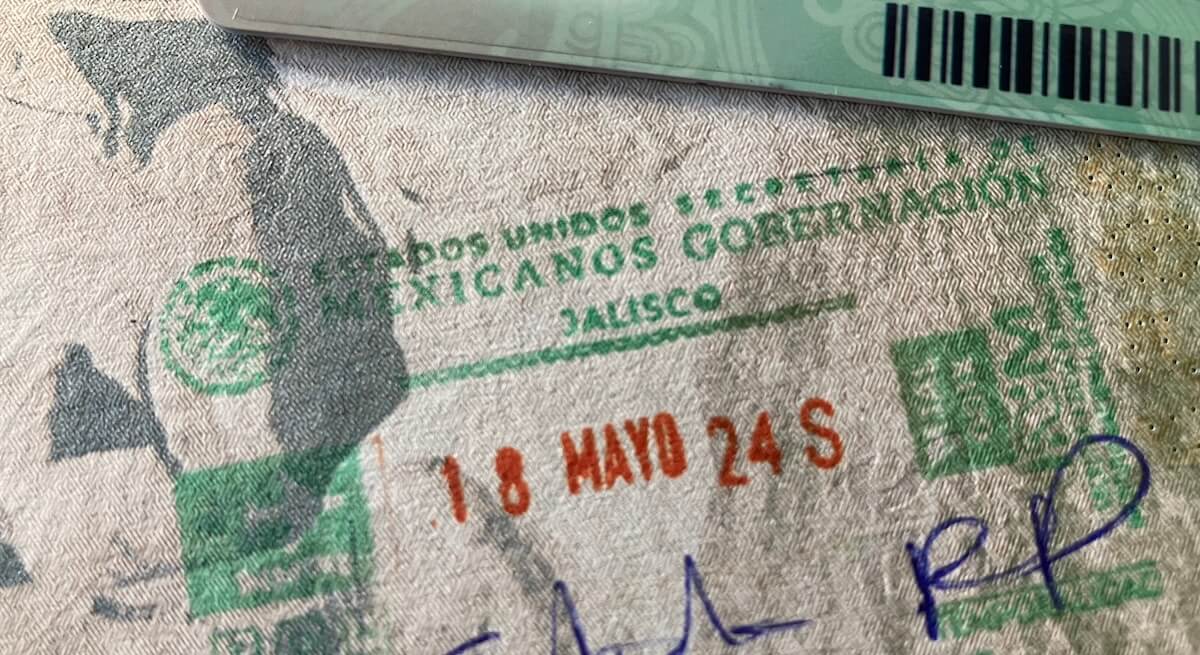
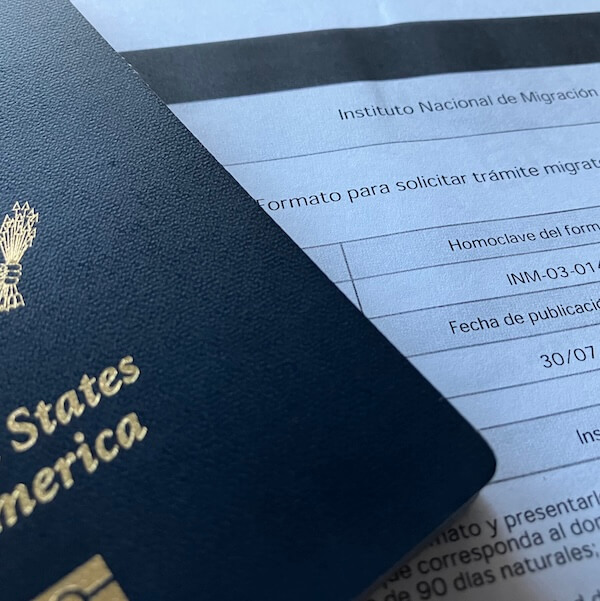

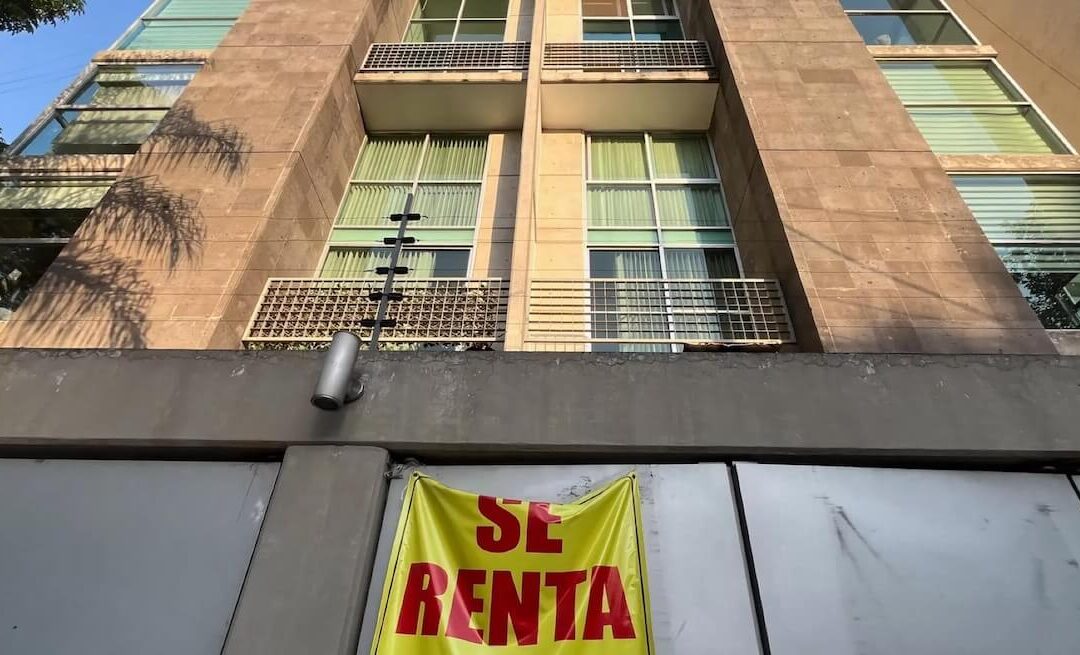
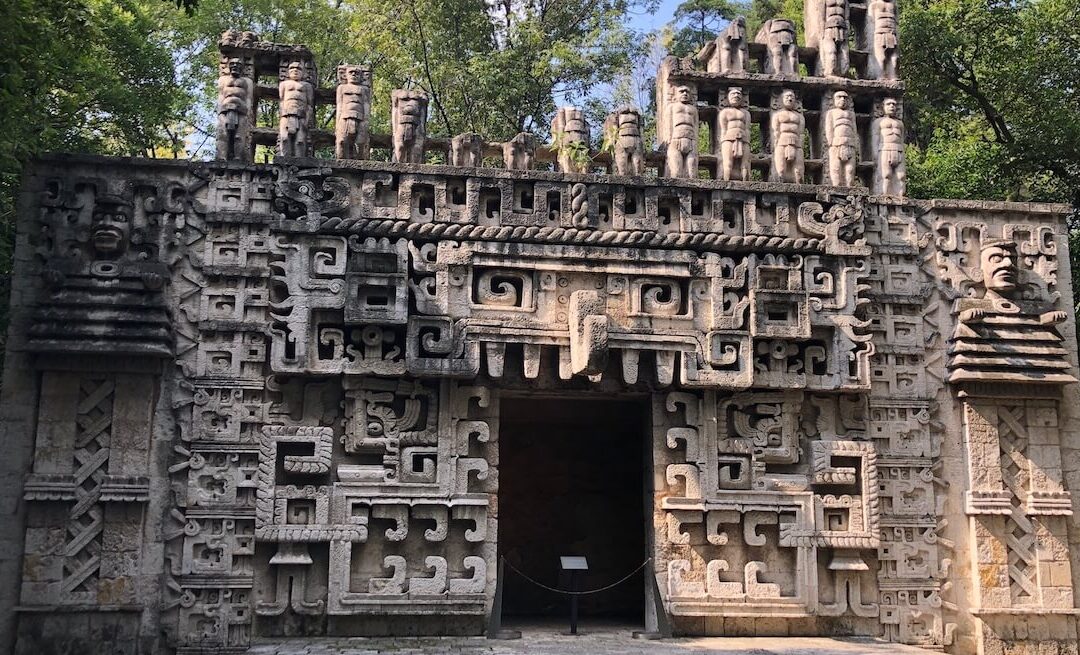
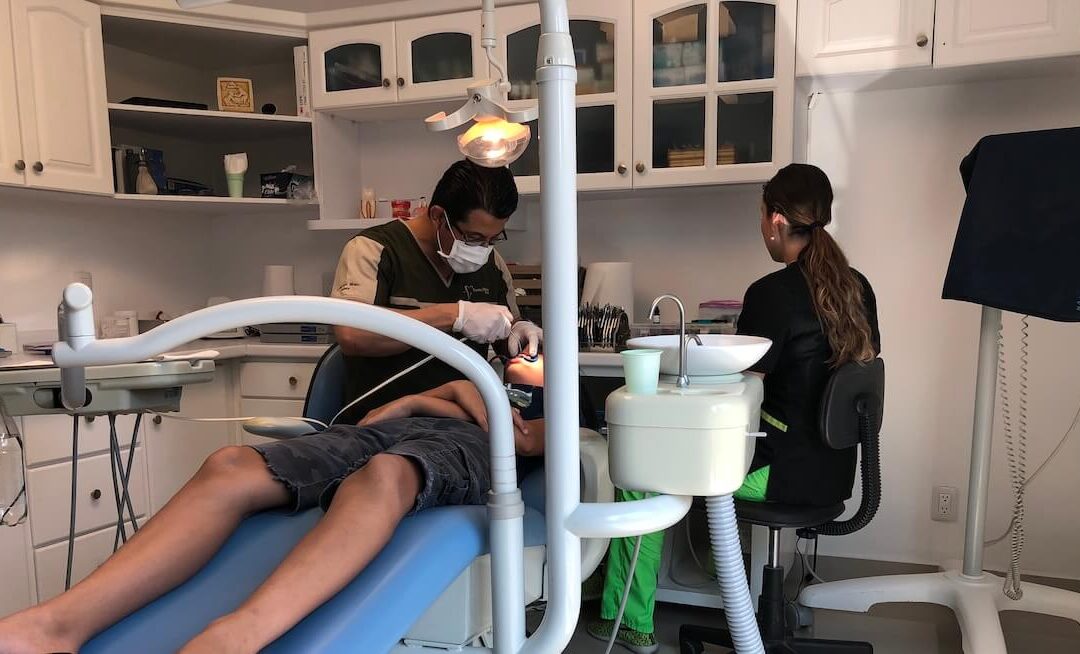
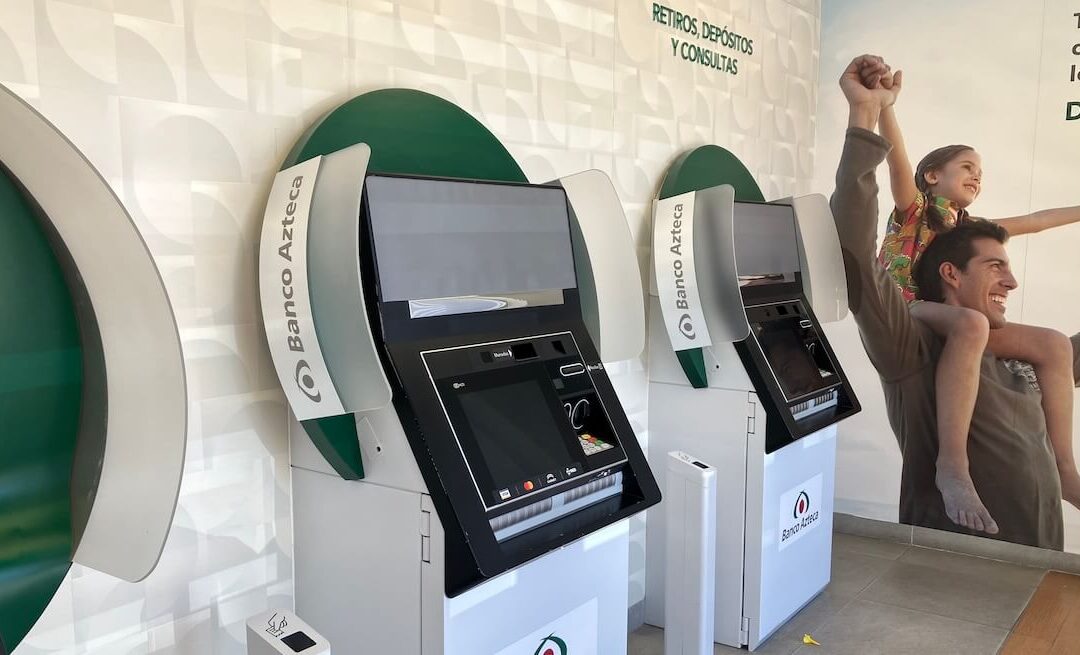
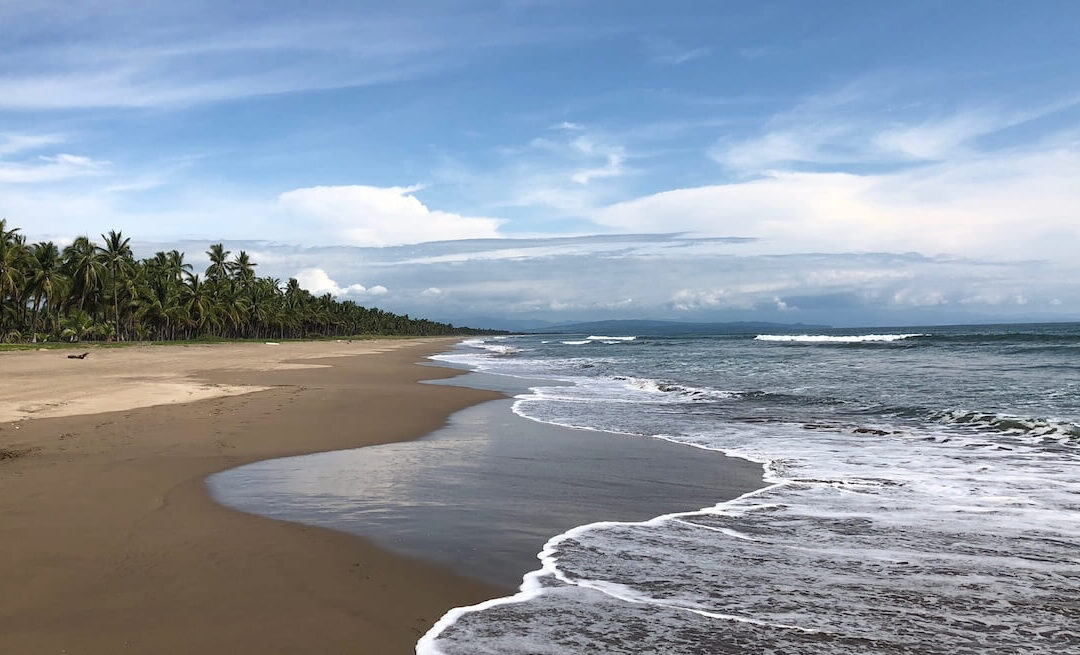
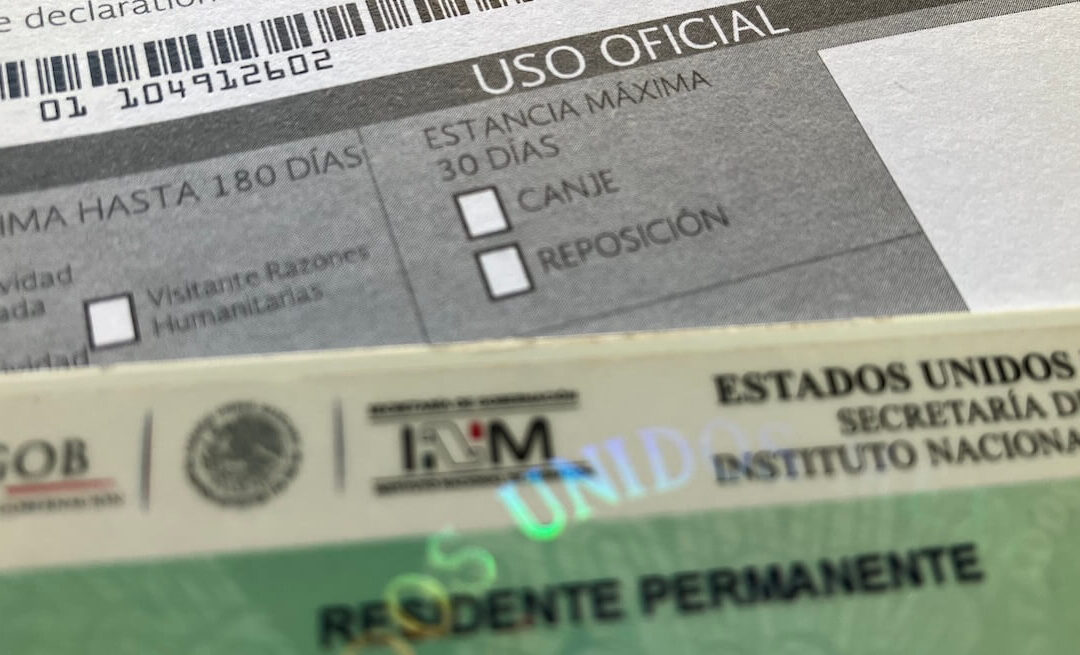
Awesome thanks
You’re welcome!
Curious, as a Permanent Resident when I departed BJX in February, the airport INM agent stamped my paper FMM. When I boarded my flight, the airline agent took the FMM. I have no paper FMM to present at immigration when I return via BJX in April. Do I simply need to present my Resident Card and Passport when I re-enter the country.
BJX is still one of the few airports that uses the paper FMM for residents (both temporary and permanent) for “check-out” when they leave Mexico and for “check-in” when they return to Mexico. Technically, the airline agent at the boarding gate should have only retained 1/2 of the paper FMM and given you back the other half. Sometimes, the airline agent at the ticketing counter will take 1/2 of the paper FMM and staple it to your boarding pass and give you the other half. When you return to Mexico, you always want to see a human INM agent. Never go through an automated passport scanner. I’m not entirely sure if BJX has automated passport scanners. Going through those automated passport machines, ufortunately, can result in potentially invalidating your residency status. So, yes, when you return be sure to present the INM agent both your residency card and your passport. If there is any question about your FMM, you can simply tell the agent that the airline agent at the boarding gate took the entire paper FMM from you. You followed the procedure correctly and you did nothing wrong. In addition to your paper FMM, did you get any type of exit stamp in your passport?